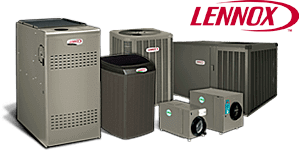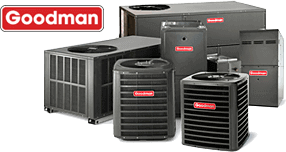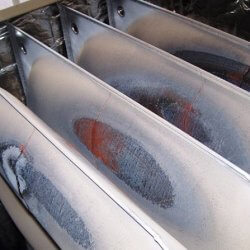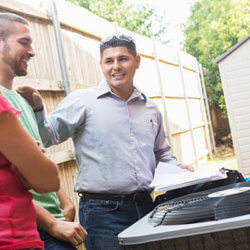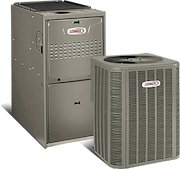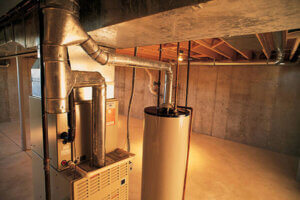
Upgrading an outdated heating system can significantly improve your home’s comfort, efficiency, and energy savings. Furnace retrofitting is an effective way to modernize your existing heating system without requiring a complete overhaul. Whether you are looking for furnace installation in an older home or simply want to enhance your current HVAC system, retrofitting with a new furnace can be a cost-effective and beneficial solution. In this guide, we will explore the advantages of furnace retrofitting, potential challenges, and key considerations for a successful installation.
To learn more or request a quote for your furnace installation service in St. Louis, contact our experts today.
What Is Furnace Retrofitting?
Furnace retrofitting involves upgrading or replacing components of an existing heating system with modern technology to improve performance, energy efficiency, and reliability. Unlike a full system replacement, HVAC retrofitting allows homeowners to integrate new furnace technology while maintaining certain parts of their current HVAC infrastructure.
Benefits of Furnace Retrofitting
1. Improved Energy Efficiency
Older furnaces tend to operate at lower efficiency levels, often resulting in higher energy bills. Upgrading to a high-efficiency furnace can reduce fuel consumption and lower heating costs over time.
2. Enhanced Comfort and Air Quality
Newer furnaces offer better heat distribution and air filtration, leading to more consistent indoor temperatures and improved air quality.
3. Cost Savings
Retrofitting an existing heating system is often more affordable than a full replacement, allowing homeowners to upgrade their system without the high upfront costs of furnace installation and a complete HVAC overhaul.
4. Environmental Benefits
Modern furnaces use advanced combustion technology that reduces emissions, making them more environmentally friendly compared to older models.
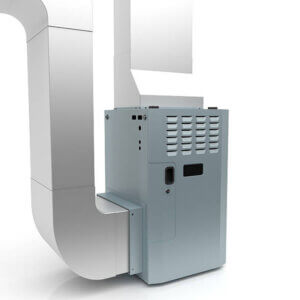
Challenges of Furnace Retrofitting
While retrofitting offers many advantages, it comes with some challenges that need to be addressed:
1. Compatibility Issues
Not all older heating systems are compatible with new furnace models. A professional assessment is required to determine whether retrofitting is feasible.
2. Ductwork Modifications
Older ductwork may not be properly sized or sealed for modern high-efficiency furnaces. In some cases, ductwork replacement or repairs may be necessary.
3. Venting Requirements
Modern furnaces require specific venting configurations to ensure proper airflow and safety. Retrofitting may involve updating the ventilation system to meet current standards.
4. Electrical and Gas Line Adjustments
Upgrading to a new furnace may require modifications to electrical wiring or gas lines, especially if the existing system does not meet the requirements of the new unit.
Key Considerations for Furnace Retrofitting
1. Conduct a Professional Assessment
A certified HVAC technician can evaluate your current heating system and determine the best retrofitting options for your home. This includes checking ductwork, ventilation, and overall system compatibility.
2. Choose a High-Efficiency Furnace
Look for ENERGY STAR-rated furnaces with advanced features such as variable-speed blowers and modulating burners. These models provide better temperature control and energy savings.
3. Upgrade Insulation and Sealing
To maximize the benefits of your new furnace, consider upgrading insulation and sealing any air leaks in your home. This will help improve energy efficiency and maintain consistent indoor temperatures.
4. Work with an Experienced HVAC Contractor
Choosing the right contractor is crucial for a successful furnace retrofitting project. An experienced professional can ensure proper installation, system integration, and compliance with safety standards.
FAQs About Furnace Retrofitting
1. How do I know if my heating system needs retrofitting?
2. Is furnace retrofitting more affordable than a full system replacement?
3. Will retrofitting improve my home's energy efficiency?
4. How long does a furnace retrofitting project take?
Contact Galmiche & Sons for Expert Furnace Retrofitting in St. Louis
Upgrading your old heating system doesn’t have to be complicated. At Galmiche & Sons, we specialize in furnace retrofitting and installation, helping homeowners in St. Louis achieve better comfort, efficiency, and energy savings. Contact our heating and air conditioning team today to schedule a consultation and learn how our expert services can transform your heating system.
